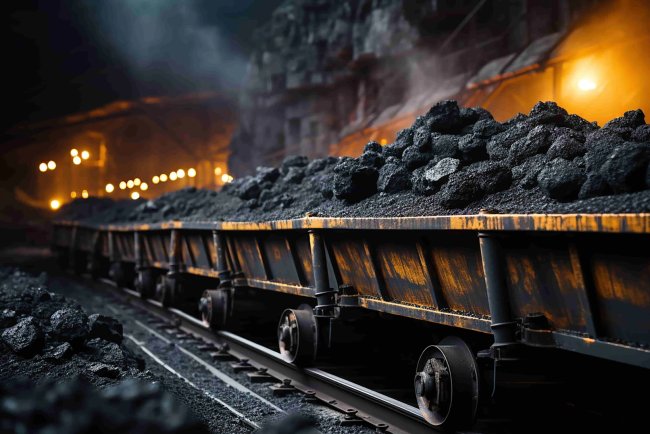Canada’s Inflation Falls to 1.7% in April as Carbon Tax Ends
Canada’s inflation rate dropped to 1.7% in April 2025, driven mainly by the removal of the carbon tax and lower global energy prices. While shelter costs eased, core inflation indicators remained high due to food and service price increases, hinting at continuing inflation risks amid trade uncertainties.

Canada's year-over-year inflation rate dropped to 1.7% in April 2025, down sharply owing primarily to the federal government's move to cancel the consumer carbon tax effective from 1 April. The one policy measure was impacting energy prices alone, representing the overwhelming majority of the decline in overall inflation, according to data from recent Consumer Price Index (CPI) report.
Repeal of the carbon tax impacted energy and home fuel costs, decreasing gasoline prices by 18.1% and natural gas prices by 14.1% compared to April 2024. Slumps in international crude oil prices and the declines in energy costs dampened inflationary pressures that had continued at high levels for the past few months.
The April CPI report also indicated moderation in shelter inflation, which stands at 3.4%—its lowest since 2021. A variety of factors were behind this, such as weaker demand in the housing market, weakening immigration due to tighter national policies, and persistent high interest rates. With less people entering the country and interest rates remaining high, both house prices and rental charges have started to stabilize, exerting downward pressure on this consumer spending category.
Even with these disinflationary warning signs, core inflation, which does not include volatile food and energy prices, also continued to progress upward. Both the weighted median and trimmed mean inflation measures crept above 3% for April, indicating other groups of consumer goods and services are still vulnerable to price hikes.
Excluding energy from the CPI measure, Canada's inflation rate increased to 2.9% in April, from 2.5% in March. This increase is largely due to a year-on-year 3.8% gain in supermarket food prices and a 6.7% increase in travel tour prices. Restaurant meal prices also increased by 3.6%, possibly due to retaliatory tariffs on American food imports by Canada a few weeks ago in early March. All these segments are now contributing inflation pressure steadily, which is a result of shifting trade tensions and response from international markets.
Although the removal of the carbon tax reduced prices by a dramatic amount in April, its influence has the impact of only that one month and has no influence on monthly inflation rates in following months. Therefore, experts say this reduction is one-time correction and not a sustained trend. Down the road, inflation direction will be affected by a range of factors, including shifts in global trade policy and possible supply chain problems as Canadian businesses push to reduce their dependence on U.S. imports.
If tensions in Canadian-American trade continue to rise further, such as in the form of further tariffs or export controls, inflation may once again gain momentum. Or, the combination of high interest rates and the slightly less overheated housing market will keep inflation reined in during the next few months.
Canada's April employment report also reflected economic slowdown, potentially driven by persistent trade tensions. Those trends have supported bets the Bank of Canada will leave interest rates steady in June. Although headline inflation would make a pause appealing, the jump in core inflation could complicate the next move by the central bank.
Overall, the April economic figures give a mixed but positive impression. Scrapping the carbon tax produced an immediate drop in energy-based prices, alleviating inflation pressure in some industries. Conversely, higher costs in transport, food, and services imply inflation continues to be a problem with non-energy products. The months ahead will be pivotal in ascertaining whether the economy can resist falling inflation or some other forces start inflating rates.
Credits:
Source: The Real Economy Blog
What's Your Reaction?

















